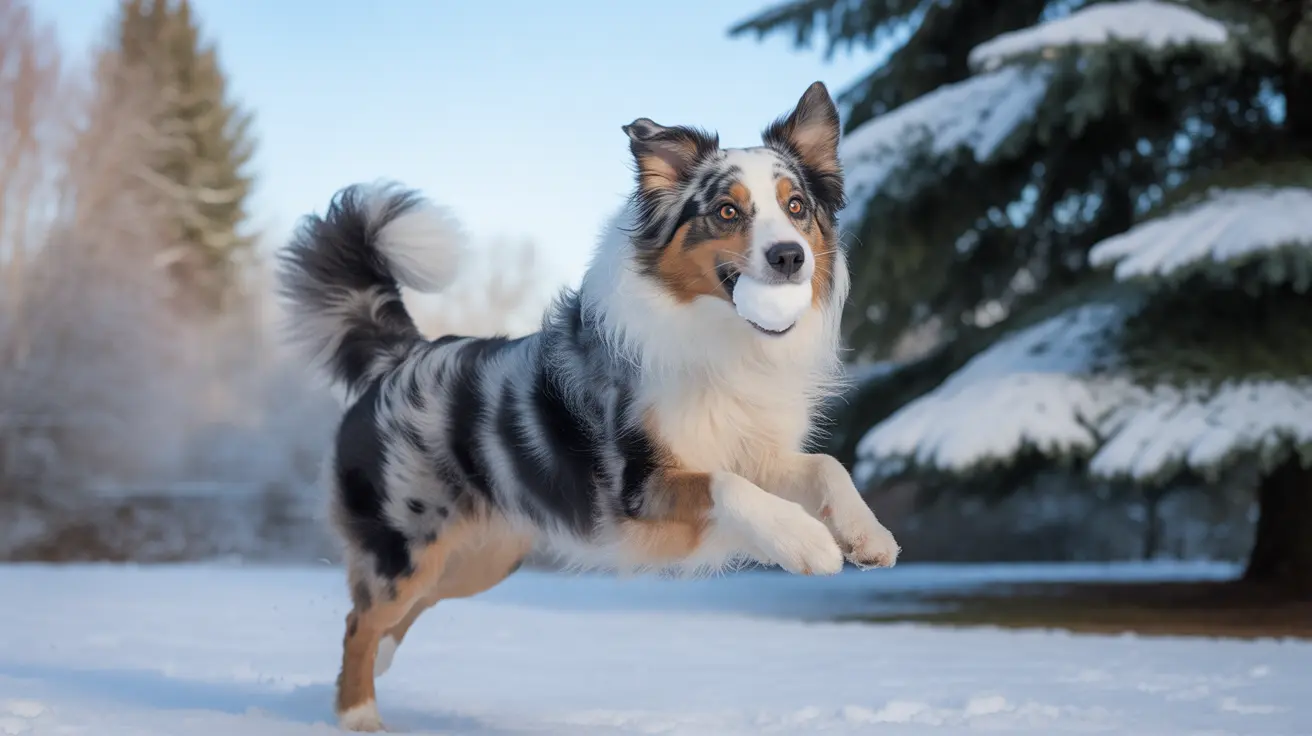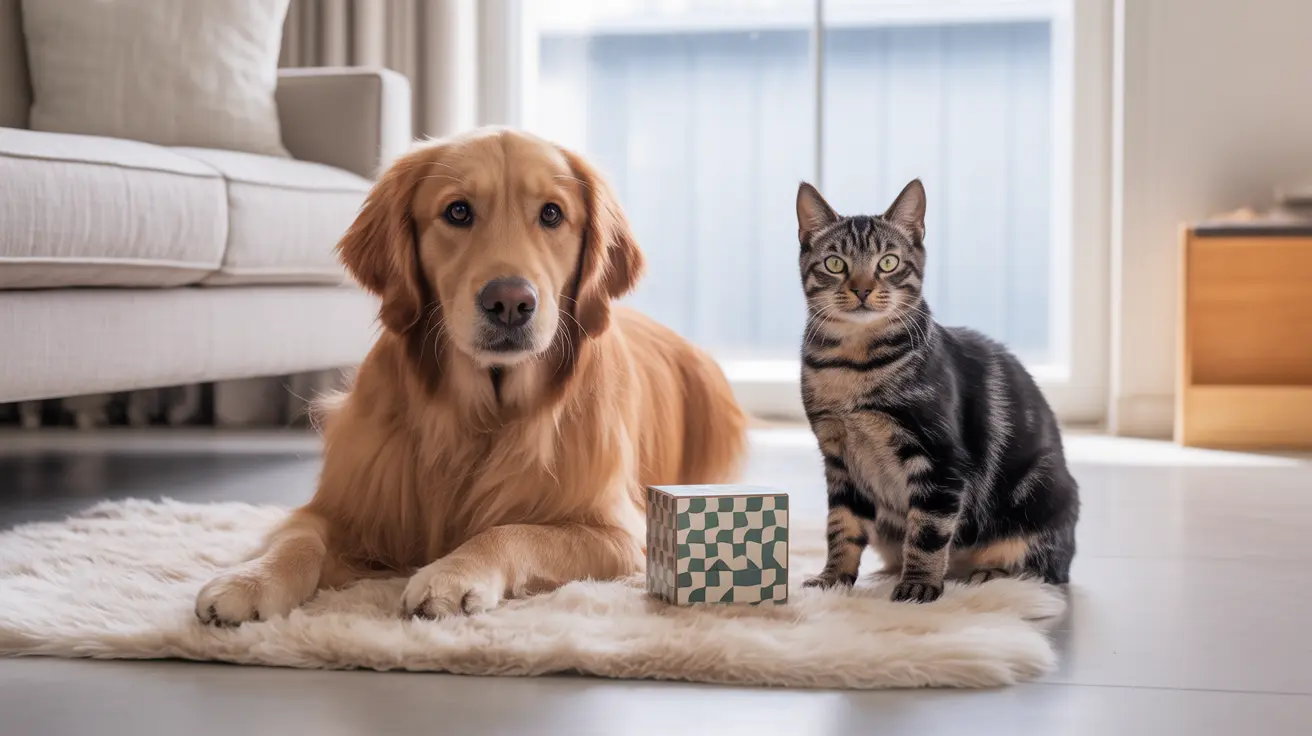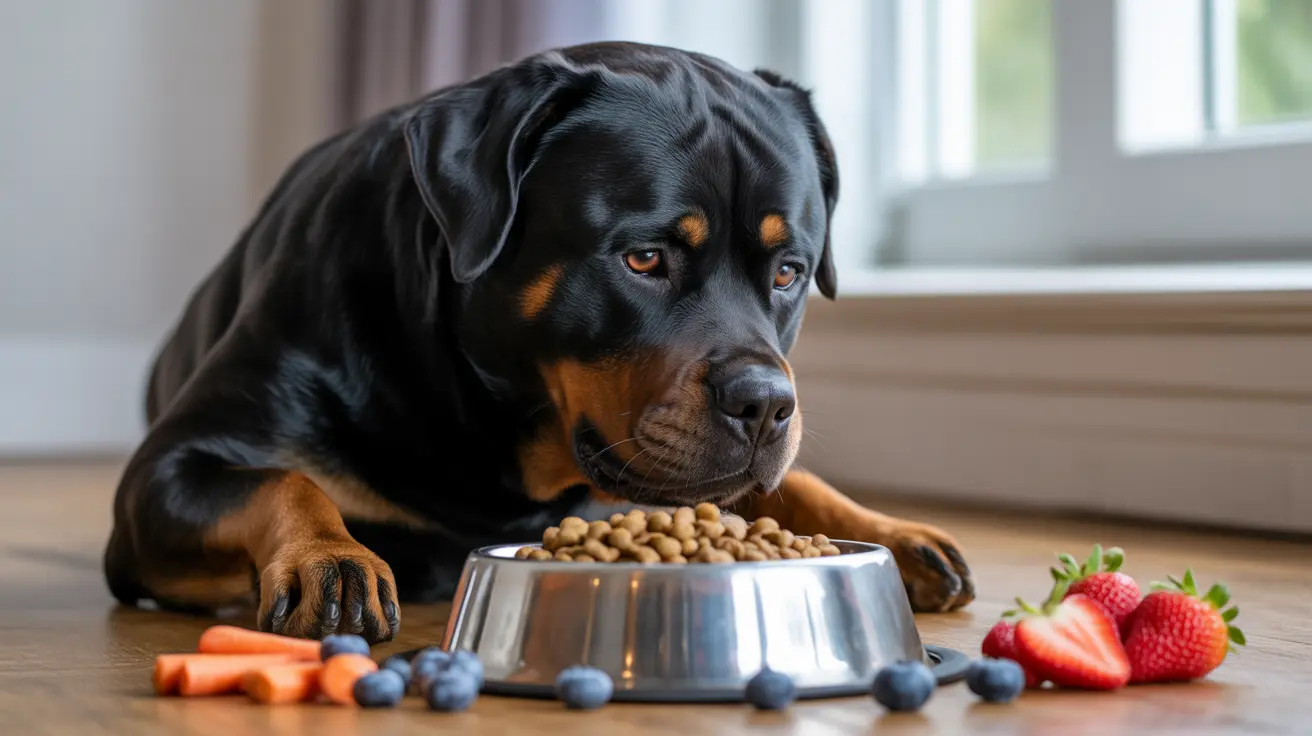Vegetables Dogs Should Avoid: A Guide for Pet Owners
While many vegetables can be a healthy addition to your dog's diet, some are harmful and should be strictly avoided. As conscientious pet owners, it's essential to understand which vegetables pose risks to your dog's health and why.
Why Vegetables Matter in a Dog's Diet
Dogs are considered carnivores with omnivorous capability. While their protein needs are largely met through animal sources, a variety of vegetables can complement their diet by providing fiber, antioxidants, and essential vitamins and minerals. Still, it's crucial only to offer vegetables that are safe and non-toxic.
Vegetables That Are Dangerous for Dogs
Below are vegetables that are potentially toxic or harmful to dogs and should not be fed under any circumstances:
- Onions: All forms (raw, cooked, powdered) of onions contain thiosulfate, which can damage a dog's red blood cells and lead to anemia.
- Garlic: Even more concentrated in thiosulfate than onions, garlic can cause gastrointestinal upset and oxidative damage to red blood cells.
- Leeks: Belonging to the same Allium family as onions and garlic, leeks are also toxic and lead to similar hemolytic effects.
- Chives: Another Allium vegetable, chives pose a threat due to potential red blood cell damage and digestive issues.
- Mushrooms (wild): While not technically a vegetable, many wild mushrooms can be dangerously toxic and should be avoided.
- Rhubarb: Rhubarb leaves contain oxalates, which can cause kidney failure in dogs.
- Raw potatoes: Contain solanine, a toxic compound that can affect a dog's nervous system. Cooking reduces toxicity, but caution is advised.
Signs of Vegetable Toxicity in Dogs
If your dog consumes a harmful vegetable, symptoms may include:
- Vomiting
- Diarrhea
- Lethargy
- Abdominal pain
- Drooling
- Weakness or collapse
- Elevated heart rate
- Pale gums (a sign of anemia)
If any of these signs appear, contact a veterinarian immediately.
Tips for a Safe Plant-Based Dog Diet
While vegetables like green beans, carrots, broccoli, sweet potatoes, and celery are safe and healthy in moderation, always remember these tips:
- Introduce new vegetables gradually.
- Serve them plain—avoid butter, salt, spices, and oils.
- Chop or cook them appropriately for better digestion and safety.
- Avoid canned vegetables with added sodium or preservatives.
- Ensure vegetables make up no more than 10% of your dog's daily diet.
The Dangers of Overreliance on Vegetables
Replacing large portions of a dog's regular, protein-rich meals with vegetables can cause nutritional imbalances. Dogs require specific essential nutrients, fats, and animal proteins that vegetables alone can't provide. Always consult a veterinarian before making any major dietary changes, especially for dogs with existing medical conditions.
Final Thoughts
Though many vegetables can be healthful snacks or food additions, knowing which ones to avoid is crucial for your dog’s safety. Harmful items like onions, garlic, leeks, and rhubarb should be strictly off-limits. Instead, opt for veterinarian-approved, plain, and safe alternatives. Your dog’s health and well-being depend on informed and cautious feeding choices.





